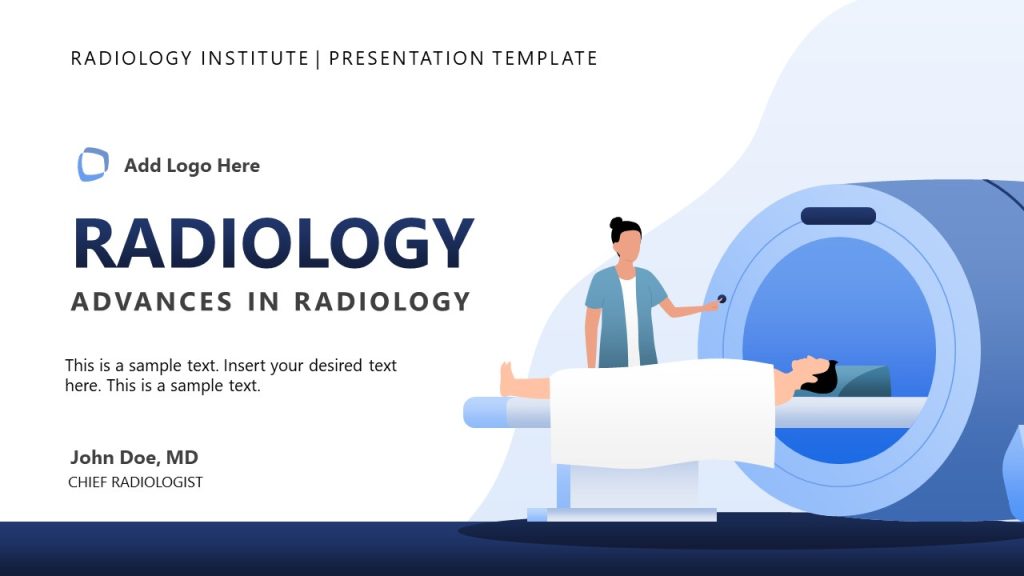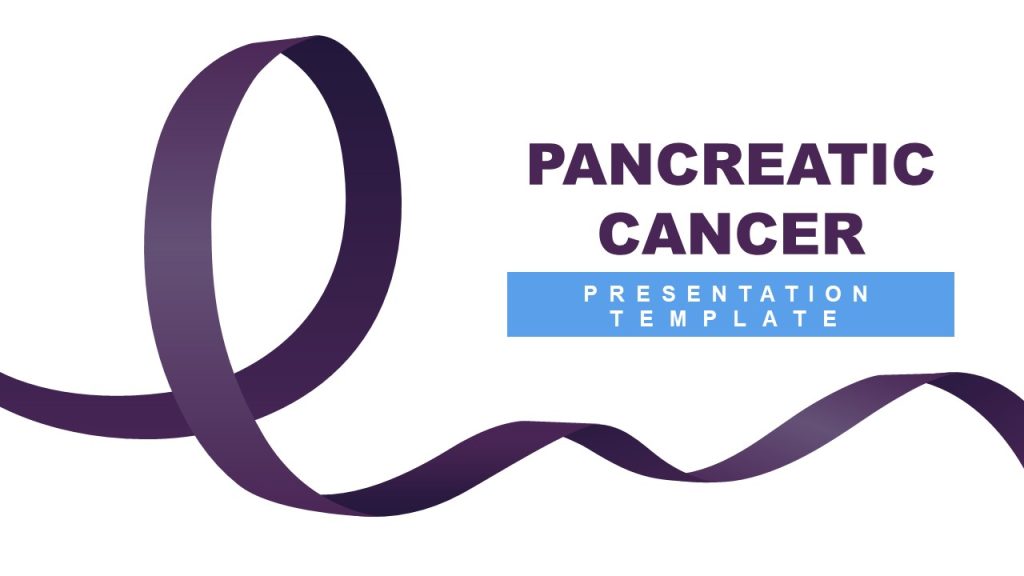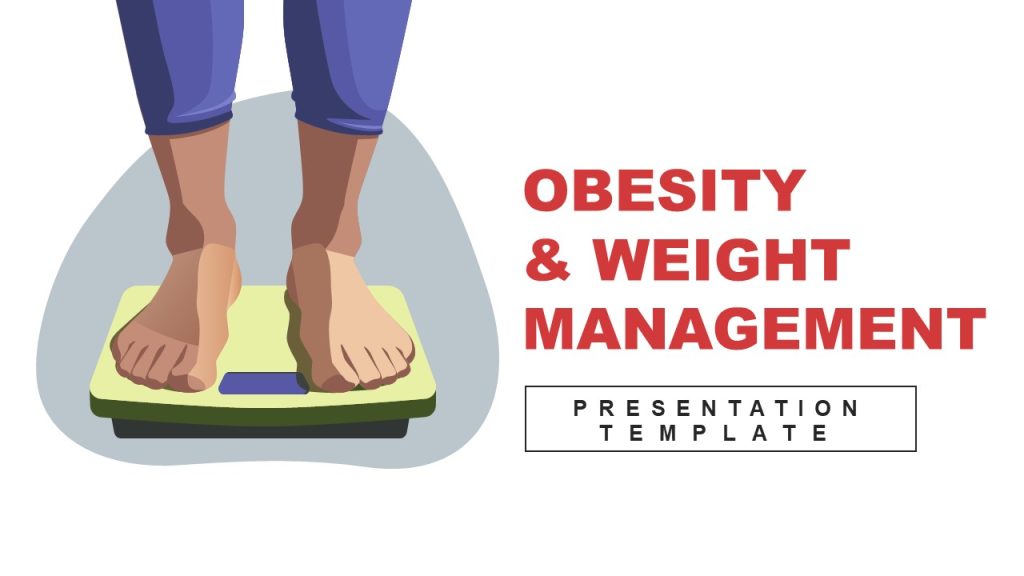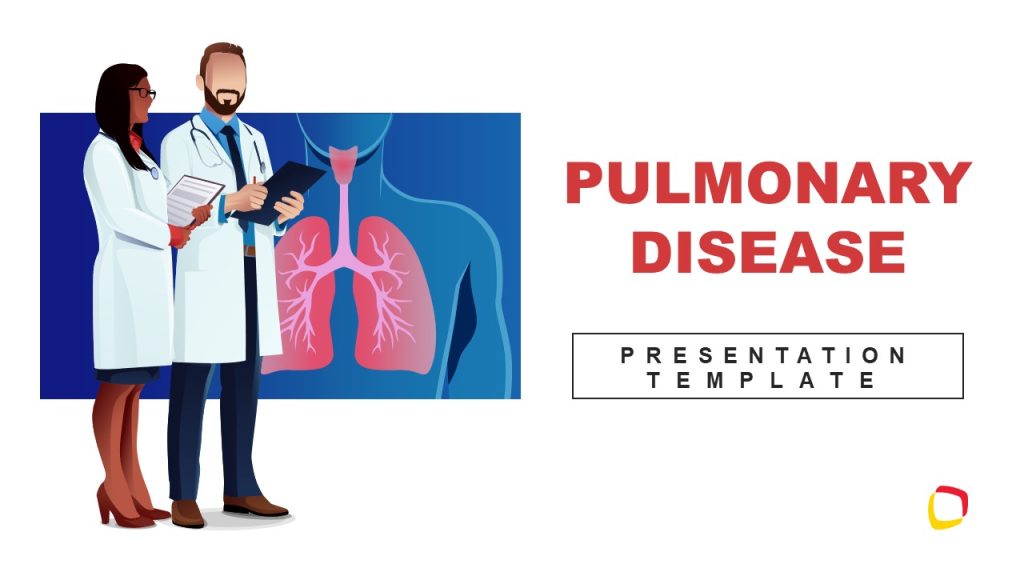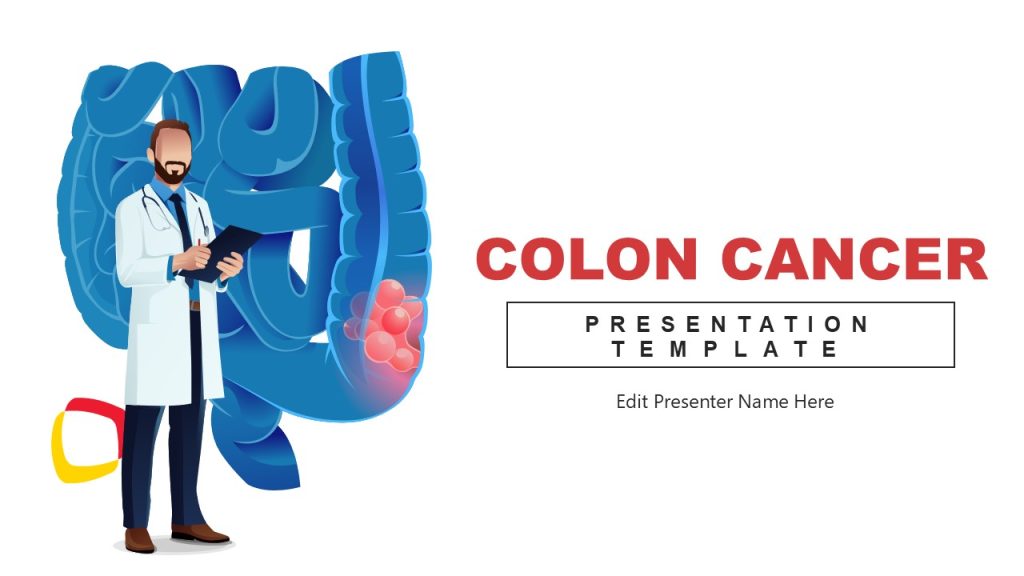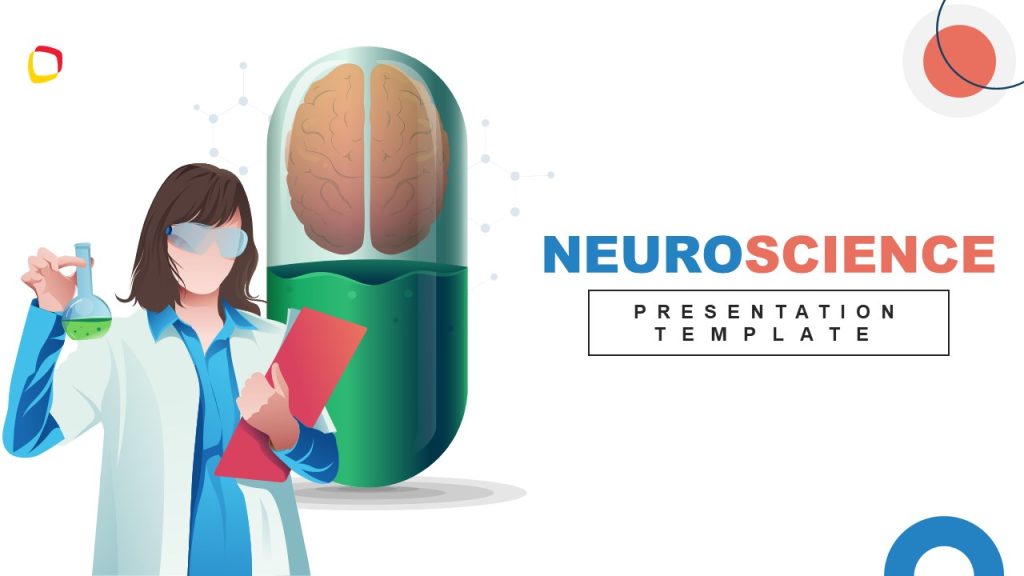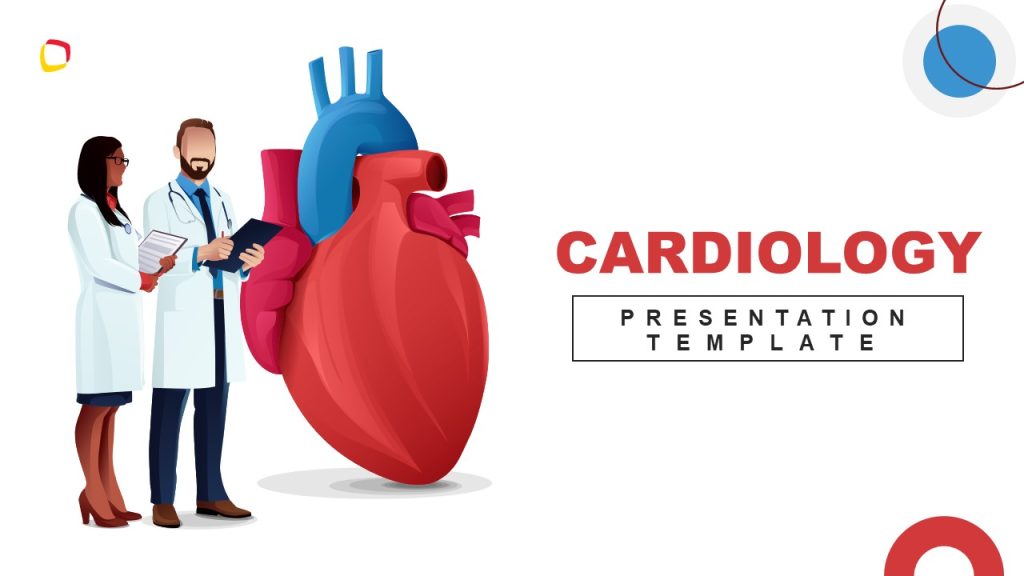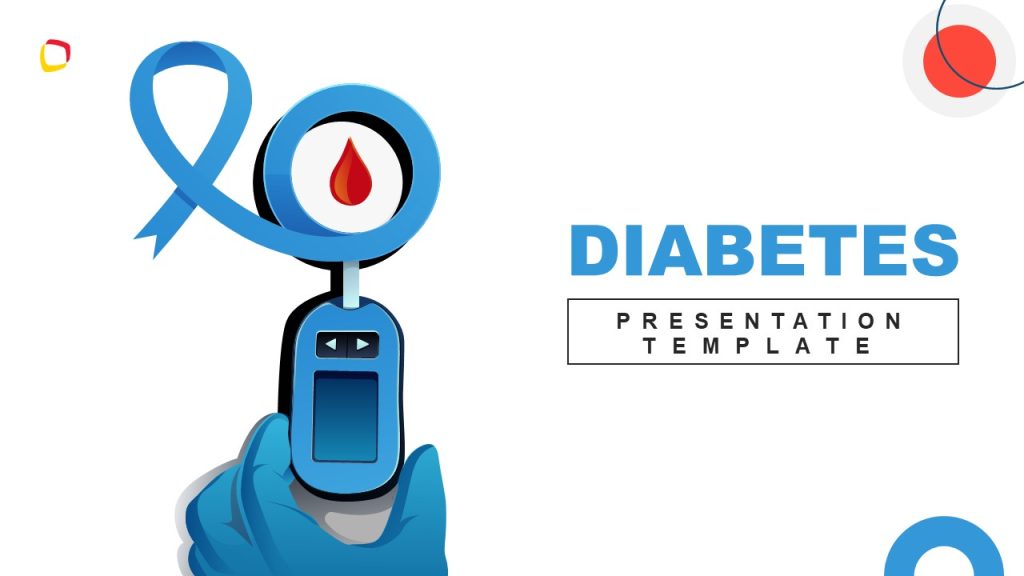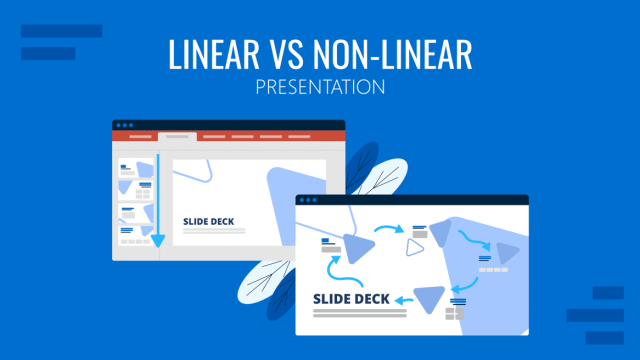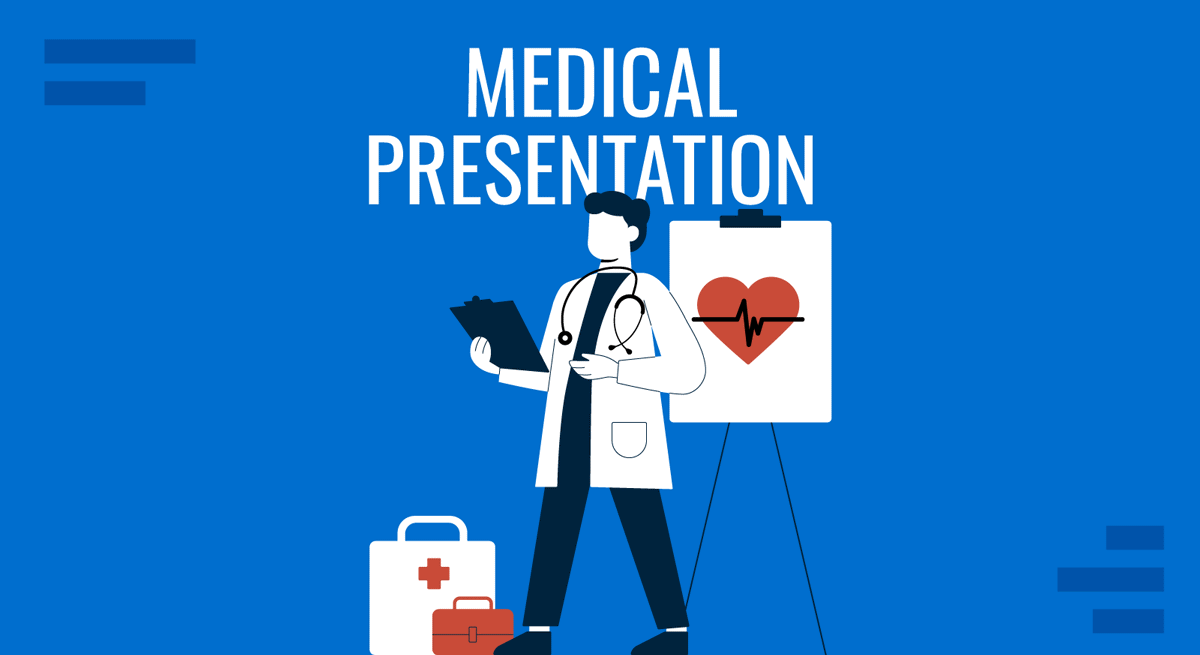
Medical presentations are an essential tool in the healthcare industry, bridging complex medical information and its audience. Whether you’re a healthcare professional, researcher, or educator, understanding how to create effective medical presentations is crucial. This article will explore what a medical presentation is, the different types, their importance, and what to include in your medical slides.
Table of Contents
- What is a Medical Presentation?
- Types of Medical Presentations
- Importance of Medical Presentations
- What to Include in Medical Presentation Slides
- Recommended Medical PPT Templates
- FAQs
- Final Words
What is a Medical Presentation?
A medical presentation is a structured way of conveying medical information to an audience, including healthcare professionals, students, patients, or stakeholders. These presentations often utilize visual aids like medical slides to enhance understanding and retention of the presented information. The primary goal is to communicate complex medical data, research findings, treatment protocols, or educational material clearly, concisely, and engagingly.
Medical presentations can take various forms, from medical PowerPoint templates to more interactive formats like webinars or video presentations. Using a medical slide show or health PowerPoint template can significantly streamline the creation process, ensuring that the presentation is visually appealing and professionally formatted.
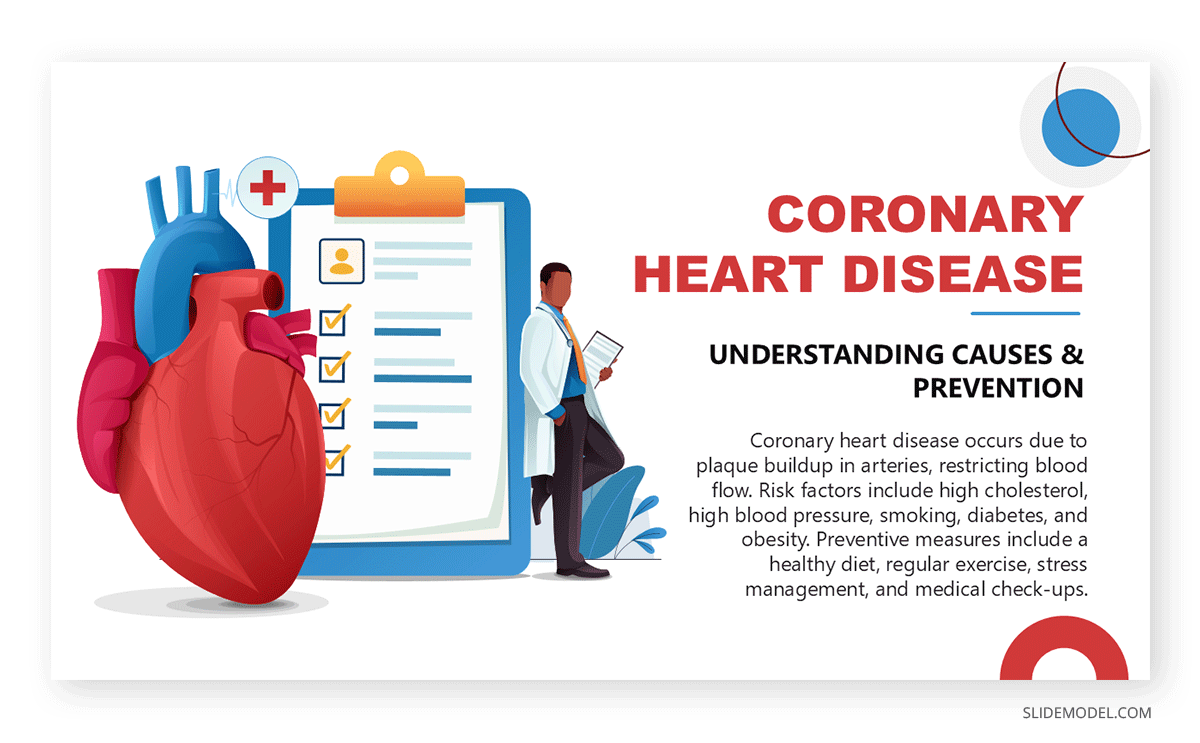
The stakes are high in the healthcare sector. Miscommunication or lack of clarity can lead to serious consequences, including misdiagnosis, improper treatment, or even legal issues. Therefore, a well-crafted medical presentation is not just a nice but a necessity. It is a critical tool for education, decision-making, and patient care.
Types of Medical Presentations
Medical presentations come in various specific formats, each tailored to particular needs and audiences within the healthcare setting. Here are some of the most common types:
Morbidity and Mortality (M&M) Presentations
These are critical reviews of patient cases that resulted in adverse outcomes, including complications or deaths. The purpose is to identify areas for improvement in clinical practice and to learn from mistakes. M&M presentations typically include a detailed case history, diagnostic and treatment processes, and a discussion of what went wrong and how similar outcomes can be prevented in the future. Medical slides for M&M presentations should be clear and focused, often including timelines, diagnostic images, and treatment protocols.
Grand Rounds
These are traditional teaching sessions in hospitals where complex or interesting cases are presented to an audience of healthcare professionals. Grand Rounds often involve a detailed case presentation followed by a discussion of the diagnosis, treatment, and broader implications for medical practice. A health PowerPoint template can help organize the information systematically, making it easier for the audience to follow.
Journal Clubs
In these sessions, a group of peers presents and critically appraises recent medical research articles. The goal is to stay updated with the latest medical science advancements and discuss their applicability to current practice. Medical slides for journal clubs should highlight the research’s key findings, methodologies, and clinical implications. Check our guide on Journal Club Presentations for further information.
Case Presentations
These are detailed discussions of individual patient cases, often used for teaching purposes or to discuss diagnostic and treatment challenges. Case presentations typically include patient history, physical examination findings, diagnostic tests, treatment plans, and outcomes. Medical slides should be concise and visually engaging, often incorporating images, lab results, and diagnostic scans.
Quality Improvement (QI) Presentations
These focus on projects to improve the quality of care in a healthcare setting. QI presentations often include data on current practices, identified problems, implemented changes, and outcomes. Medical slides for QI presentations should be data-driven, with clear graphs and charts to illustrate improvements.
Transplant Boards
Transplant Boards are specialized multidisciplinary presentations focused on evaluating potential organ transplant candidates. These meetings involve a team of healthcare professionals, including transplant surgeons, nephrologists, hepatologists, cardiologists, psychiatrists, social workers, and transplant coordinators. The goal is to assess patient eligibility, discuss complex medical and psychosocial factors, and decide organ allocation.
Presentations typically include patient medical history, diagnostic results, comorbidities, psychosocial evaluations, and ethical considerations. Medical slides for Transplant Boards often feature imaging studies, lab results, and organ compatibility data, presented clearly and concisely to facilitate collaborative decision-making. These boards ensure that organs are allocated fairly and that transplant candidates receive optimal care.
Tumor Boards
Like transplant boards, tumor boards are multidisciplinary meetings where cancer cases are discussed to determine the best treatment plans. Tumor board slide decks typically include pathology reports, imaging studies, and treatment options, often requiring detailed and specialized medical slides.
Ethics Committee Presentations
These present complex cases involving ethical dilemmas, such as end-of-life care or consent issues. The goal is to provide a comprehensive case overview, including medical, legal, and ethical considerations. Ethics committee slides should be clear and well-organized, including case summaries, ethical principles, and discussion points.
Patient Safety Presentations
These focus on incidents or near misses that could have resulted in patient harm. The goal is to analyze what went wrong and develop strategies to prevent future occurrences. Medical slides should include incident reports, root cause analyses, and action plans.
Clinical Trial Presentations
These presentations discuss the design, progress, and results of clinical trials. They are often presented to stakeholders, including regulatory bodies, funding agencies, and peer reviewers. Medical slides should include trial design, patient demographics, results, and statistical analyses.
Emergency Preparedness Presentations
Healthcare personnel must be on top of their game whenever emergencies arise. This presentation format focuses on plans and protocols for managing emergencies, such as natural disasters or disease outbreaks. The goal is to ensure that healthcare facilities are prepared to respond effectively. Medical slides should include emergency plans, resource allocation, and response strategies.
Public Health Presentations
These are used to communicate public health initiatives, such as vaccination campaigns or disease prevention programs. The goal is to inform and educate the public or policymakers. Medical slides should be clear and visually engaging, often including data on disease prevalence, program outcomes, and future directions.
Medical Training Presentations
Medical Training Presentations are used to teach healthcare professionals, ranging from students and residents to experienced clinicians. They typically involve communicating procedures, protocols, and clinical skills to an audience. These training presentations are commonly used in hospitals, academic institutions, medical conferences, and internal workshops to standardize training, promote safety, and ensure evidence-based practices are followed across departments.
The format typically includes step-by-step guides, clinical scenarios, procedure walkthroughs, and assessment criteria. For example, a training session on CPR or intubation may include anatomical diagrams, procedural videos, success metrics, and real-world simulations. Slide decks for medical training should emphasize clarity and retention, often using visual aids like medical illustrations, flowcharts, and brief explanatory text. Our flowchart PPT templates and training slide decks can be of help in this kind of presentations.
Importance of Medical Presentations
Medical presentations are pivotal in healthcare, serving multiple purposes beyond information dissemination. Their importance cannot be overstated, as they impact education, patient care, research, and even the business side of healthcare.
- Enhancing Understanding: Medical information is often complex and challenging to grasp. A well-structured medical presentation, complete with medical slides, can break down intricate concepts into digestible pieces, making it easier for the audience to understand and retain the information.
- Facilitating Decision-Making: Presentations are crucial in clinical settings for discussing patient cases and treatment options. Clear and concise medical slides can help healthcare teams make informed decisions quickly, which is often critical in emergencies.
- Promoting Evidence-Based Practice: Research presentations help disseminate new findings and advancements in medical science. Researchers can effectively communicate their findings by presenting data and analyses through well-designed medical slide show templates, promoting evidence-based practice.
- Patient Empowerment: Patient education presentations empower individuals to take an active role in their healthcare. Patients can make informed decisions about their care by understanding their conditions and treatment options, leading to better outcomes.
- Professional Development: Presentations are a key component of continuing education for healthcare professionals. They provide opportunities for learning and professional growth, ensuring practitioners stay updated with the latest advancements in their field.
- Marketing and Sales: Presentations are essential for marketing pharmaceutical and medical device products. A compelling health PowerPoint template can significantly change a product’s perception and influence purchasing decisions.
In summary, medical presentations are indispensable tools that enhance understanding, facilitate decision-making, promote evidence-based practice, empower patients, support professional development, and drive business success in the healthcare sector.
What to Include in Medical Presentation Slides?
Creating effective medical presentation slides requires a thoughtful approach to content and design, emphasizing graphical elements that enhance understanding and engagement. Unlike traditional presentations, medical slides must convey complex information in a way that is both accessible and visually compelling. Before considering how to start a presentation, remember that using graphical elements is not merely decorative; it clarifies, emphasizes, and reinforces key points, ensuring that the audience retains the information being presented.
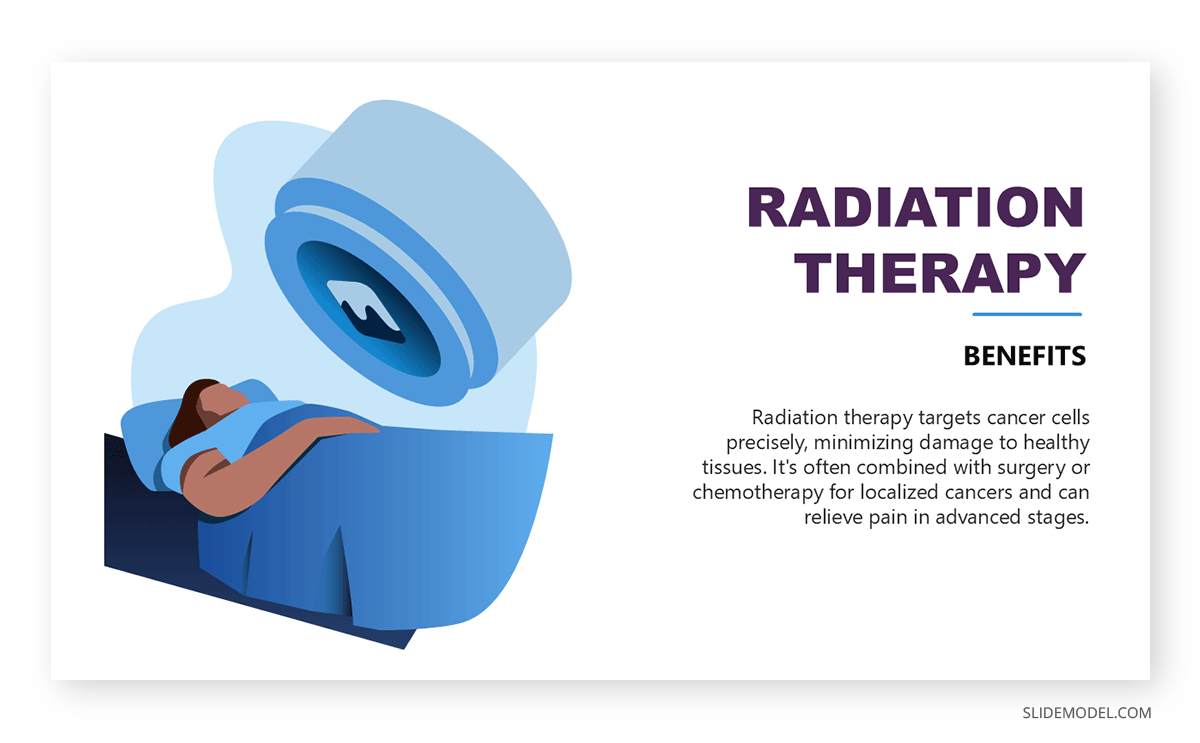
Images and diagrams are among the most critical graphical elements in medical slides. Medical concepts often involve intricate anatomical structures, physiological processes, or diagnostic findings that can be difficult to describe verbally. High-quality images, such as radiology scans, pathology slides, or anatomical illustrations, can bridge this gap. For example, a CT scan or MRI image can instantly convey the location and severity of a tumor. At the same time, a diagram of a biochemical pathway can simplify the explanation of a complex metabolic process – and on this behalf, biology PowerPoint templates are amazingly practical. When selecting images, ensure they are high-resolution and directly relevant to the topic. Avoid cluttering slides with too many visuals; focus on one or two key images per slide, accompanied by concise labels or annotations to guide the audience’s attention.
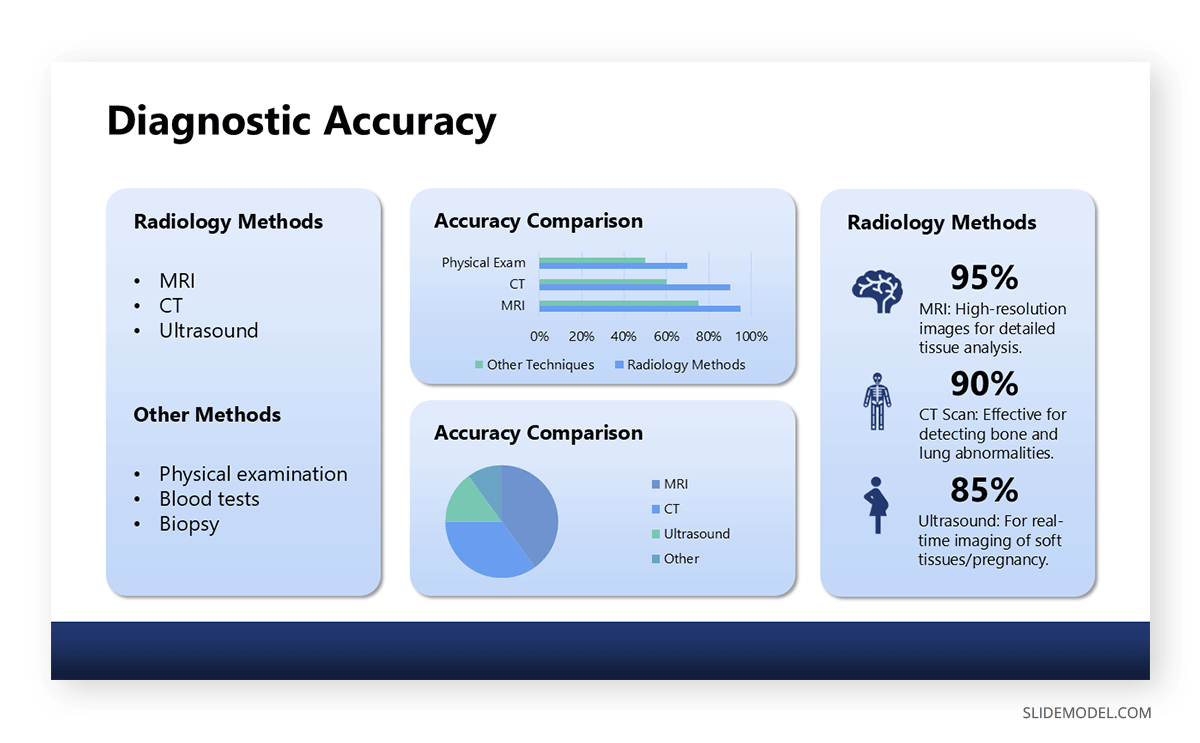
Charts and graphs are another indispensable tool for presenting medical data. Visual representations of data can make statistics more digestible, whether you’re discussing clinical trial results, epidemiological trends, or patient outcomes. Bar charts, line graphs, and pie charts are particularly effective for comparing values, showing trends over time, or illustrating proportions. For instance, a bar chart comparing the efficacy of different treatments can quickly highlight the most effective option. At the same time, a line graph tracking patient recovery rates over time can demonstrate the impact of a new intervention. When designing charts, use contrasting colors to differentiate data points and ensure that axes and labels are marked. Avoid overly complex graphs that may confuse the audience; simplicity and clarity should always take precedence.
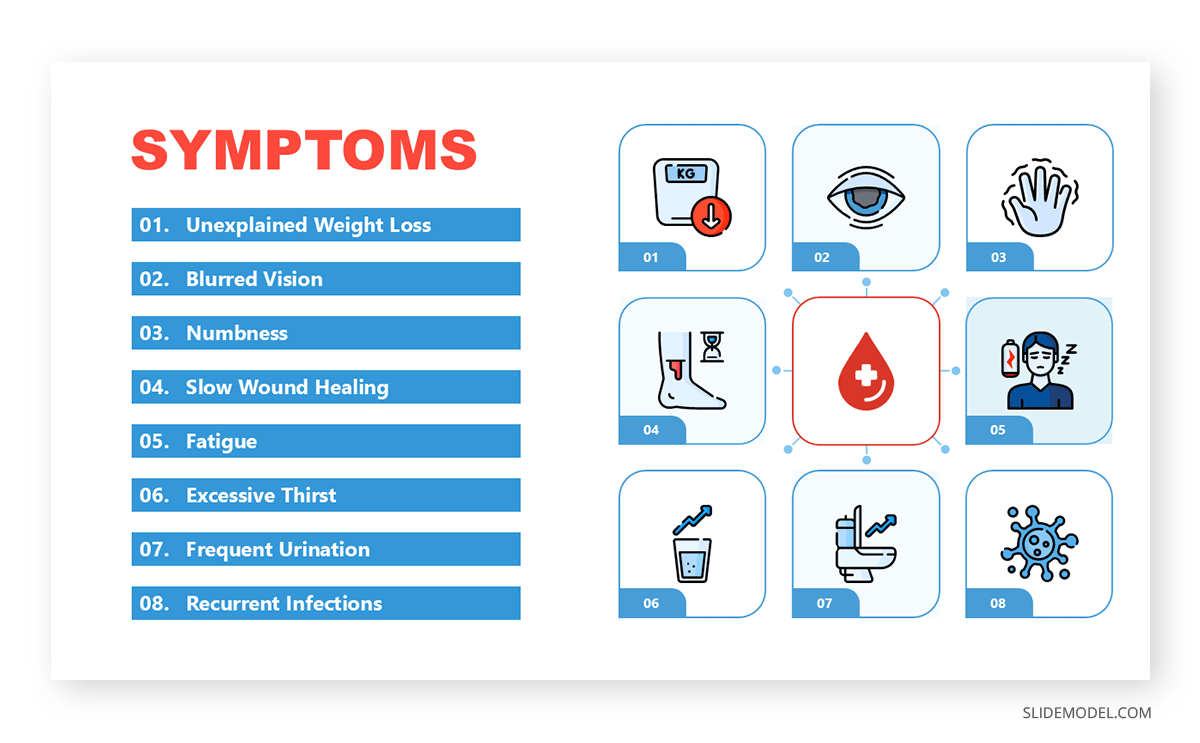
Infographics are another powerful graphical tool for medical presentations. These combine images, icons, and text to present information in a visually engaging format. Infographics help summarize complex processes or protocols, such as the steps in a surgical procedure or the stages of a disease progression. Let’s say an infographic outlining the stages of sepsis, from infection to organ failure, can help the audience visualize the condition’s progression and understand the urgency of early intervention. When creating infographics, use a consistent color scheme and iconography to maintain visual coherence and ensure that the flow of information is logical and easy to follow.
Animations and transitions can also enhance medical slides but should be used sparingly and purposefully. For example, an animation showing the mechanism of action of a drug at the cellular level can make the concept more tangible for the audience. Similarly, a step-by-step transition that reveals diagnostic findings can build suspense and maintain engagement. However, the overuse of animations can be distracting and detract from the professionalism of the presentation. Stick to subtle effects that enhance understanding rather than overshadowing the content.
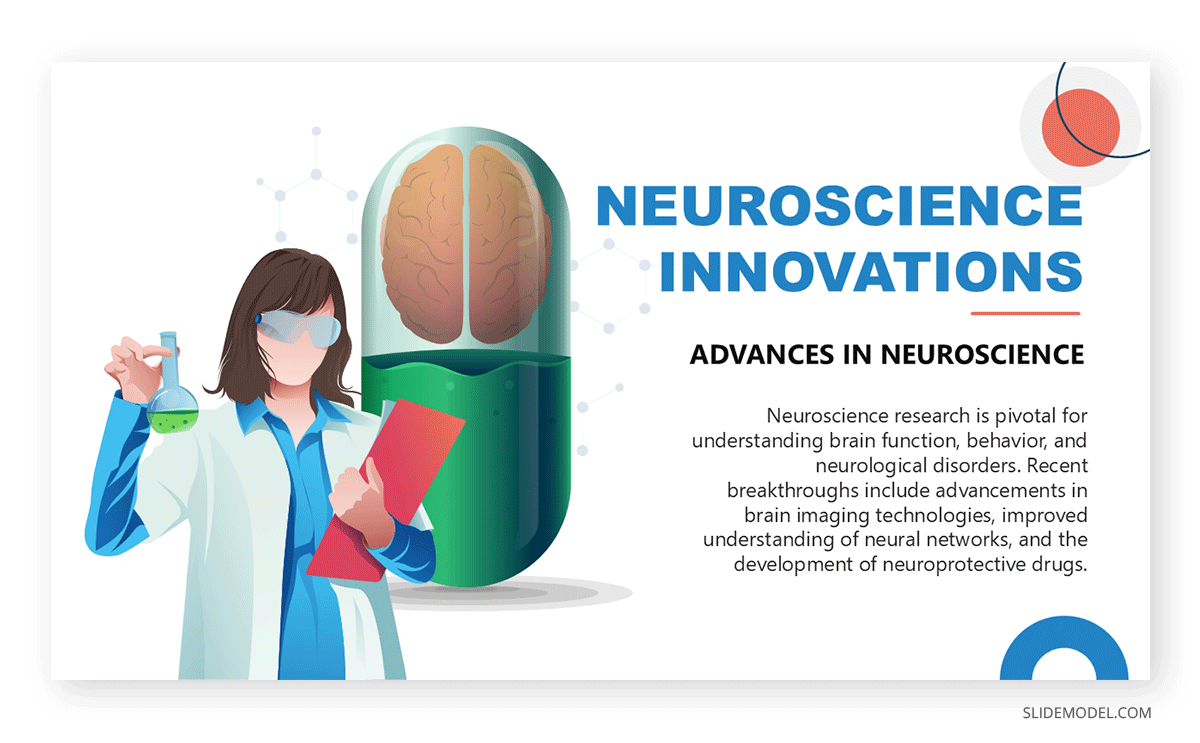
Color plays a vital role in medical slides, not only for aesthetic appeal but also for conveying meaning. Use color strategically to highlight key points, differentiate data sets, or indicate urgency. Red denotes critical findings or areas of concern, while green can signify typical results or positive outcomes. However, be mindful of colorblindness and ensure your color choices are accessible to all audience members. A well-designed health PowerPoint template can provide a balanced color palette that aligns with your presentation’s tone and purpose.
Finally, typography and layout are essential for ensuring your slides are easily read and visually appealing. Use clean, sans-serif fonts for headings and body text, and maintain a consistent font size throughout the presentation. Avoid overcrowding slides with text; use short phrases or bullet points to convey key ideas and rely on graphical elements to provide additional context. White space is your ally—it helps to reduce visual clutter and directs the audience’s focus to the most important information.
End the presentation with powerful visuals, like medical vector images, to instill importance and urgency in medical PPT decks as a call-to-action slide.
Recommended Medical PPT Templates
Check this selection of curated medical slide decks to speed up your presentation design process. All of these designs are fully compatible with all PowerPoint versions and Google Slides.
FAQs
What is the ideal length for a medical presentation?
A medical presentation should typically last 15-20 minutes, with 10-15 slides. This ensures the audience remains engaged while covering key points concisely.
What font size is best for medical slides?
Use a minimum of 24-28pt for body text and 36-40pt for headings to ensure readability, especially in large conference rooms.
What is the role of storytelling in medical presentations?
Storytelling helps humanize data, making it relatable. Use patient stories or case studies to illustrate key points effectively.
How do I balance text and visuals in medical slides?
Follow the 80/20 rule: 80% visuals (images, charts, diagrams) and 20% text. Use bullet points sparingly to highlight key information.
What are the common mistakes to avoid in medical presentations?
Avoid overcrowding slides, using small fonts, or reading directly from the slides. Ensure all visuals are high-quality and relevant.
How do I conclude a medical presentation effectively?
To leave a lasting impression, summarize key points, restate the main message, and end with a call to action or a thought-provoking question.
Final Words
In conclusion, medical presentations are essential for sharing complex information clearly, engagingly, and impactfully. Whether discussing a patient case, presenting research, or teaching students, the right approach can make all the difference. Tools like medical slide show templates or health PowerPoint templates help create visually appealing and easy-to-follow slides.
Each format of medical presentation has unique needs, from M&M boards and tumor boards to patient education and clinical updates. The key is to focus on clarity, simplicity, and relevance, using visuals and storytelling to connect with your audience. When done well, these presentations don’t just share knowledge—they inspire better decisions, improve patient care, and drive progress in healthcare.
